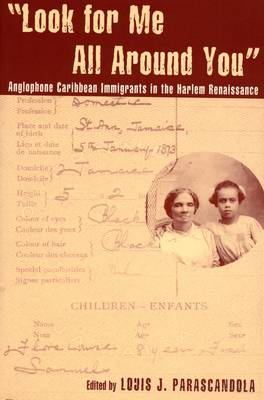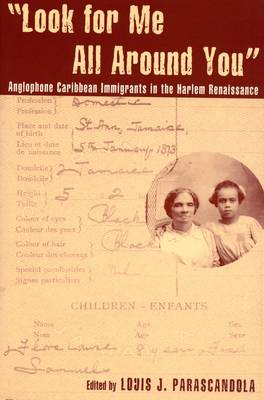
- Retrait gratuit dans votre magasin Club
- 7.000.000 titres dans notre catalogue
- Payer en toute sécurité
- Toujours un magasin près de chez vous
- Retrait gratuit dans votre magasin Club
- 7.000.0000 titres dans notre catalogue
- Payer en toute sécurité
- Toujours un magasin près de chez vous
Description
This anthology is the first to fully integrate the political and literary writings of Anglophone Caribbean authors in the Harlem Renaissance.
Interdisciplinary in scope, this anthology redresses the undue neglect of Anglophone Caribbeans--almost 25 percent of the Black population in Harlem in 1920--and their pivotal role in the literary, cultural, and political events shaping the Harlem Renaissance. The poetry, fiction, drama, and essays included explore a variety of issues, such as the increasing emphasis on race and image building, the development of a Black aesthetic, progressive politics, and the struggle to define the status of Blacks in America. Both the literary and political works show the spirit of the New Negro, one emphasizing racial pride and aesthetic consciousness.
Examined closely are those Black and Carribean American figures involved in the Black nationalism movement, socialist groups, and trade unions, including such prominent figures as Marcus Garvey and his two wives, Amy Ashwood and Amy Jacques Garvey, Hubert Harrison, W. A. Domingo, and Frank Crosswaith. Also explored are the developing communist movements as manifested in the writings of Cyril Briggs, Richard B. Moore, Otto Huiswoud, and George Padmore. Essays review the crucial literary contributions of Claude McKay, Eric Walrond, and dramatist Eulalie Spence, as well as historians Arthur Schomburg and J. A. Rogers. This anthology of writers, with accompanying discussions about their works placed in the context of their own time, will be of interest to anyone examining the Harlem Renaissance and the larger Black and Caribbean contribution to cultural and political thinking.
Spécifications
Parties prenantes
- Editeur:
Contenu
- Nombre de pages :
- 488
- Langue:
- Anglais
- Collection :
Caractéristiques
- EAN:
- 9780814329870
- Date de parution :
- 21-10-05
- Format:
- Livre broché
- Format numérique:
- Trade paperback (VS)
- Dimensions :
- 154 mm x 226 mm
- Poids :
- 635 g

Les avis
Nous publions uniquement les avis qui respectent les conditions requises. Consultez nos conditions pour les avis.





